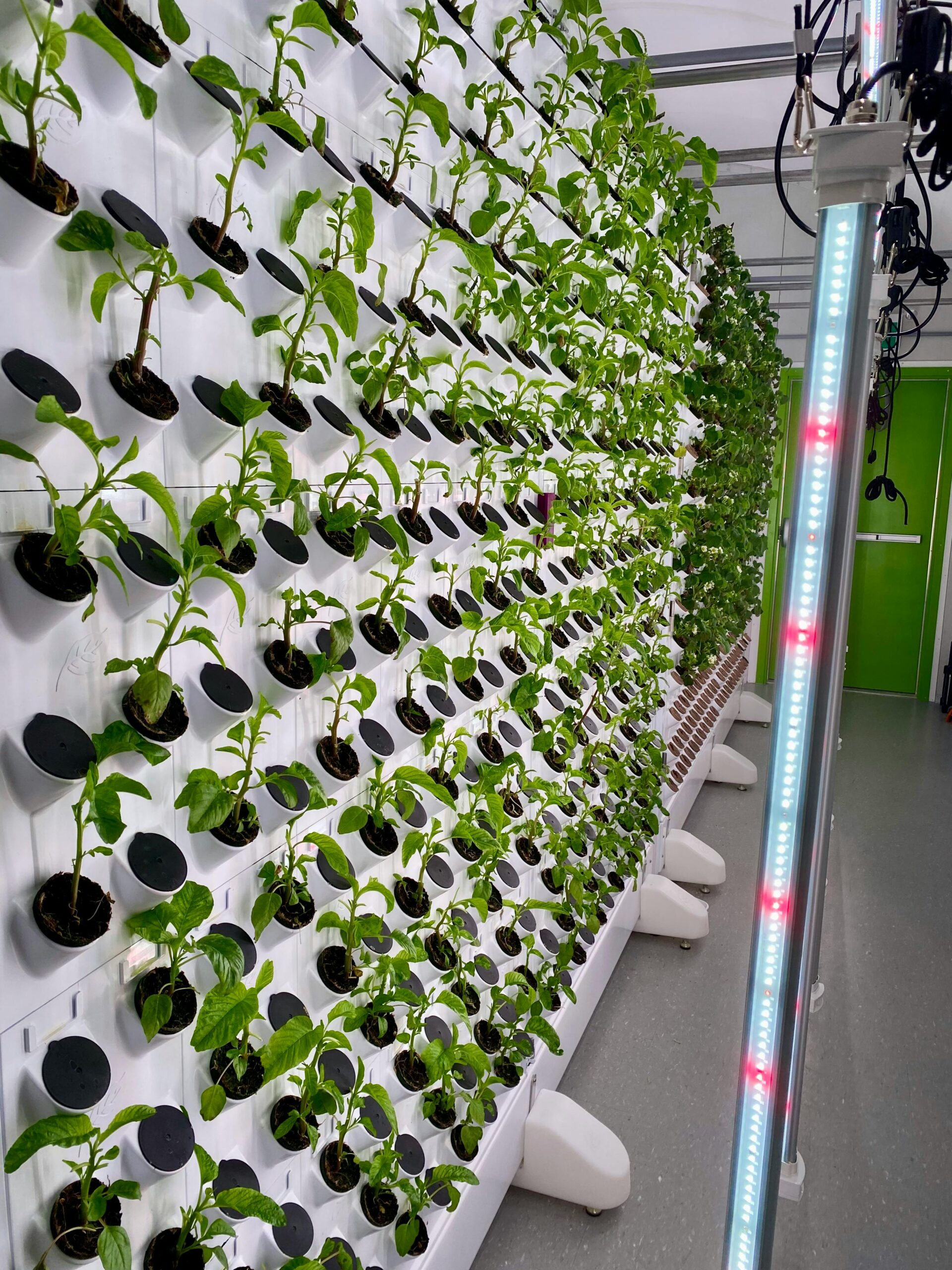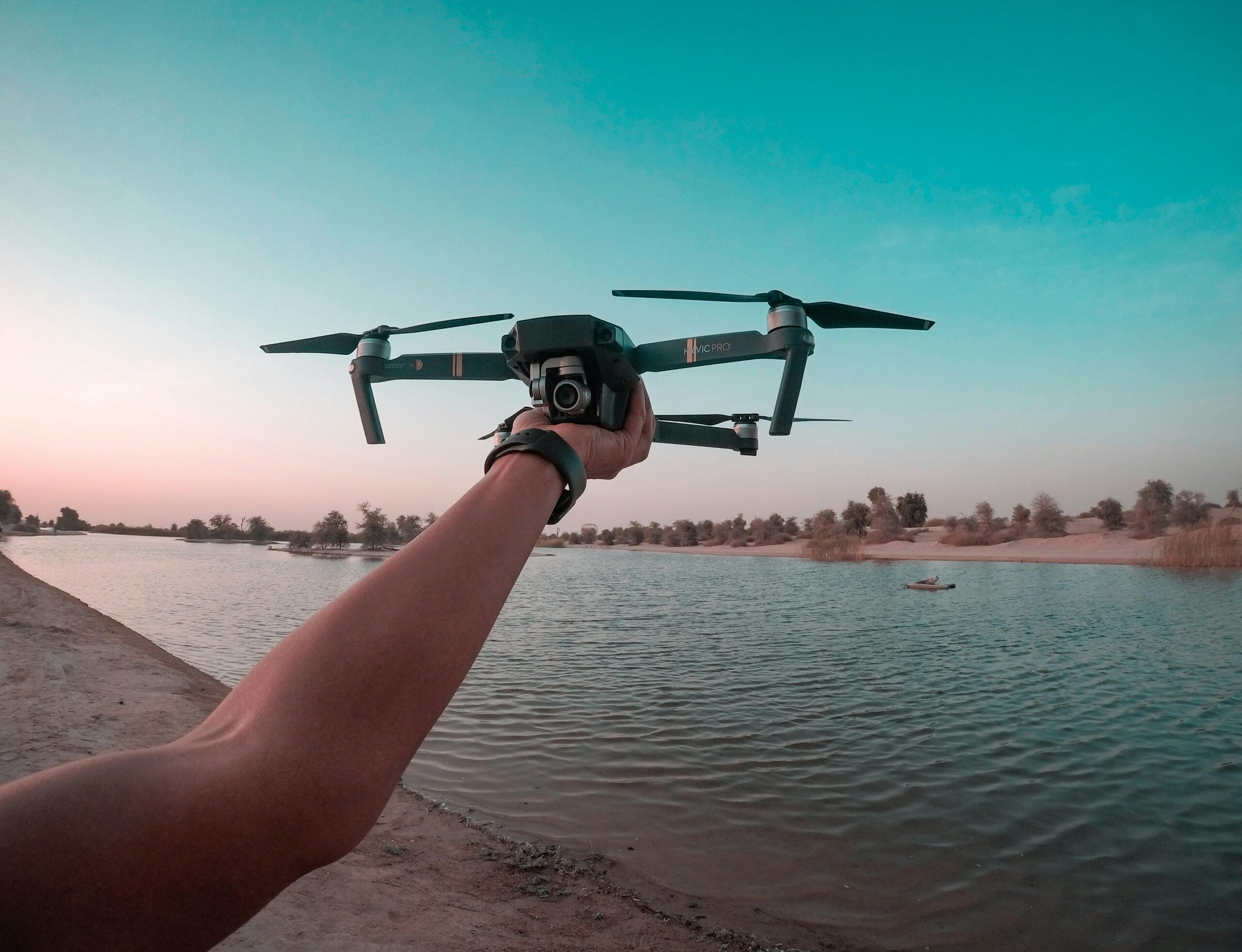The agricultural sector regularly referred to as the backbone of economies globally, faces unparalleled demanding situations. Climate trade, populace growth, shrinking arable land, and aid shortage call for modern strategies to feed an ever-growing worldwide population. Agritech (agricultural era) and vertical farming innovations are emerging as transformative solutions that can deal with those challenges even by selling sustainability, performance, and resilience.
The Rise of Agritech
Agritech refers back to the utility of superior technology, such as synthetic intelligence (AI), the Internet of Things (IoT), robotics, and biotechnology, to revolutionize farming practices. This technological evolution is reshaping conventional agriculture, making it smarter, greater particular, and environmentally sustainable.
Key Innovations in Agritech
Precision Agriculture: Precision agriculture employs sensors, drones, and information analytics to screen and manipulate vegetation and soil health in real-time. By handing over accurate insights, farmers can optimize inputs like water, fertilizers, and pesticides, appreciably lowering waste and improving yields.
Example: Smart irrigation systems use IoT gadgets to song soil moisture levels, making sure crops obtain good enough water without overuse.
AI and Machine Learning: AI-powered gear analyzes massive datasets expecting weather styles, pest infestations, and crop illnesses. These predictive fashions permit farmers to make informed choices and mitigate risks.
Example: Blue River Technology’s “See & Spray” system uses computer vision to become aware of and selectively target weeds, minimizing chemical usage.
Biotechnology: Genetic engineering and CRISPR technology are paving the way for crop varieties that are drought-resistant, pest-tolerant, and nutritionally better. These innovations can increase food protection in areas with harsh developing conditions.
Agricultural Robotics: Automation in farming through robots and drones reduces hard work expenses and will increase performance. Tasks which include planting, harvesting, and crop monitoring can now be finished with minimum human intervention.
Example: Autonomous tractors and robot harvesters have become critical tools in big-scale farming operations.
Blockchain for Supply Chain Transparency: Blockchain technology guarantees traceability inside the agricultural delivery chain, enhancing food protection and constructing consumer acceptance as true. Farmers and consumers can tune the adventure of produce from farm to table.
Vertical Farming: A Game-Changer in Agriculture
Vertical farming is an innovative method of agriculture that includes growing vegetation in stacked layers or vertically willing surfaces, often within controlled environments. This technique leverages hydroponics, aeroponics, and aquaponics to domesticate flowers without soil, the uses notably less water and space compared to conventional farming.
Why Vertical Farming?
Maximizing Space Efficiency: With the capacity to develop vegetation indoors and in city settings, vertical farming reduces the dependency on arable land. This method is especially beneficial in areas with restricted farmland.
Resource Conservation: Vertical farms deplete to ninety percent less water than conventional techniques. Nutrient-rich water cycles through the structures, making sure of premiere use and minimum wastage.
Year-Round Production: Controlled environment agriculture (CEA) allows steady crop production no matter the climate situation. This resilience ensures a steady food delivery even in intense climates.
Reduced Carbon Footprint: By situating farms in the direction of urban facilities, vertical farming minimizes transportation distances, slicing greenhouse fuel emissions associated with food logistics.
Key Technologies in Vertical Farming
Hydroponics: Plants are grown in nutrient-wealthy water answers, disposing of the need for soil. This approach optimizes nutrient absorption and decreases water usage.
Aeroponics: In aeroponics, flowers’ roots are suspended within the air and misted with a nutrient solution. This method promotes quicker increase and higher yields even as maintaining water.
LED Lighting: Energy-green LED lights offer the specific mild spectrum required for photosynthesis, enabling crops to grow in indoor environments and not using a reliance on daylight.
Climate Control Systems: Advanced weather management systems modify temperature, humidity, and CO2 levels to create the most efficient developing situations.
Automation and AI: Robotics and AI systems monitor and manipulate every issue of the farming manner, from planting to harvesting. Sensors music crop fitness, even as AI algorithms optimize useful resource use and predict yields.
Benefits of Agritech and Vertical Farming
Increased Productivity: Advanced technologies permit farmers to produce greater food on less land, assembling the desires of a developing populace.
Sustainability: Both agritech and vertical farming lessen the environmental impact of agriculture by preserving water, decreasing greenhouse gasoline emissions, and minimizing chemical inputs.
Urban Farming: Vertical farming allows cities to grow sparkling produce domestically, reducing dependency on rural farming and making meals secure in city regions.
Improved Food Quality: Controlled environments protect vegetation from pests and sicknesses, resulting in more healthy and pesticide-loose produce.
Job Creation: While automation reduces manual labor, it additionally creates opportunities in tech-pushed roles, which include agronomists, information analysts, and robot engineers.
Challenges and Solutions
High Initial Costs: Setting up advanced agritech systems or vertical farms calls for vast investment. However, government subsidies, public-personal partnerships, and improvements in value-powerful technologies can mitigate this barrier.
Energy Consumption: Vertical farming is predicated heavily on synthetic lighting fixtures and weather control, leading to high strength demands. Transitioning to renewable energy resources like sun and wind can reduce operational charges and environmental effects.
Technology Adoption: Small-scale farmers, especially in growing countries, can also face challenges in adopting advanced technology because of loss of assets or understanding. Training packages, available financing, and scalable answers can drive adoption.
Scalability: While vertical farming is right for leafy veggies and herbs, scaling it to encompass staple vegetation like wheat and rice stays a mission. Continued studies and innovation are crucial to amplify the variety of plants grown vertically.
Success Stories
AeroFarms: A pioneer in vertical farming, AeroFarms operates one in every one of the largest indoor vertical farms in the world. Using aeroponics and advanced LED lighting fixtures, they produce superb vegetables with minimum useful resource use.
John Deere’s Smart Machines: John Deere has incorporated AI and IoT into its farming system, enabling precision planting and harvesting. Their improvements are supporting farmers to optimize efficiency on a massive scale.
Plenty: Another chief in vertical farming, Plenty uses the modern era to grow pesticide-free produce year-spherical. Their farms occupy a fragment of the land required by way of conventional methods.
The Road Ahead
Agritech and vertical farming aren’t simply developments but vital advancements to deal with the mounting pressures on worldwide meal structures. As those technologies continue to evolve, their integration into mainstream agriculture will play a pivotal position in reaching sustainable development goals (SDGs), in particular 0 hunger and weather motion.
Governments, non-public companies, and research establishments ought to collaborate to force innovation, lessen fees, and promote adoption. Public awareness and schooling about the benefits of these technologies also can encourage support and investment.
Conclusion
The fusion of agritech and vertical farming represents a paradigm shift in how food is grown, disbursed, and eaten up. By harnessing the electricity of generation, agriculture can transition to a greater sustainable, efficient, and resilient model. These innovations offer hope for a future where food safety is workable without compromising the planet’s assets









Leave a Reply